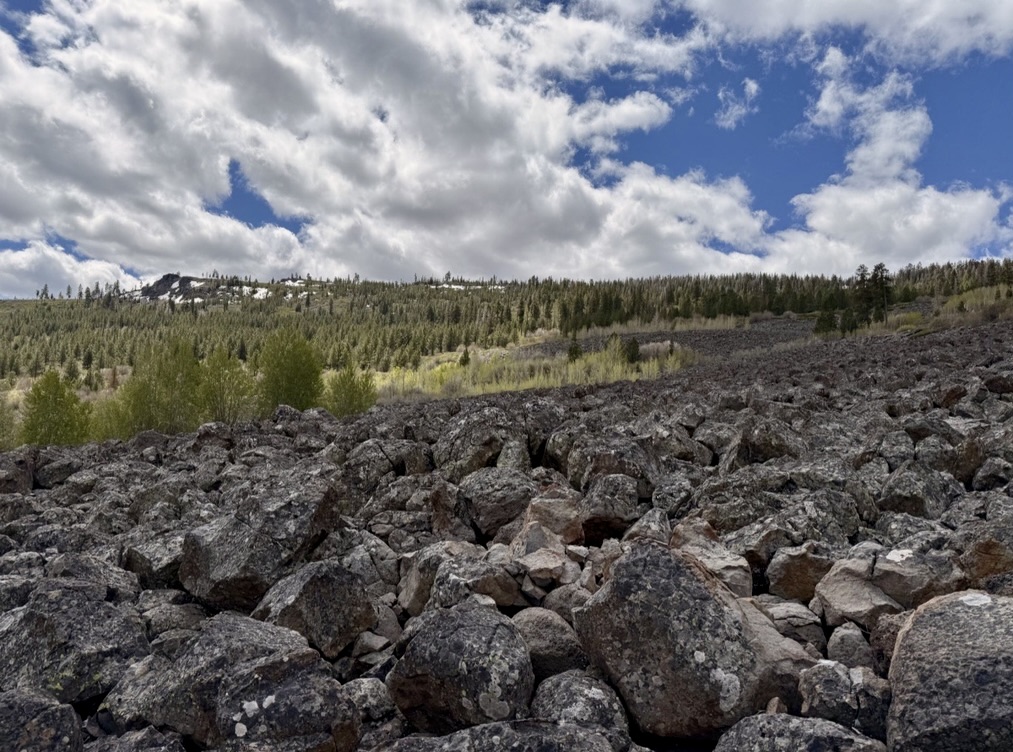Using Non-invasive Measures of Stress and Microclimate to Assess How Landscape and Habitat Shape Refugia for the American Pika

- Rebecca Terry, Oregon State University, rebecca.terry@oregonstate.edu
- Clinton Epps, Oregon State University, clinton.epps@oregonstate.edu
- Jane Van Gunst, Oregon State University, vangunsk@oregonstate.edu
Co-Principal Investigators
Researcher
The American pika (hereafter, “pika”) is a small, mountain-dwelling mammal found across the Intermountain West. Pika are sensitive to the impacts of climate change and other human-caused stressors and are experiencing declines as the climate warms and dries. Due to their limited thermoregulatory capacity — their ability to regulate their body temperature — pika are vulnerable to acute and chronic climatic stressors like changes in temperature and precipitation. This is especially true in the relatively low montane habitats of the northwestern Great Basin, the hottest and driest part of the pika’s range.
While many species may use cool-air refugia during a portion of their lifecycle, pika are entirely dependent on talus cool-air refugia habitat. Talus — broken rock landforms remaining after past glacial or volcanic activities — provide temperature-buffered habitat for amphibians and many mammals including bats, pika, marmots and rodent species, especially where cold air pooling occurs in topographic depressions. In the Intermountain West, particularly in the Great Basin, talus environments allow animals to limit their exposure to unsuitable surface-air conditions and regulate their body temperature. Increased water, ice and snow retention in these environments also provide for cooler, wetter areas and support more diverse and biomass-rich plant communities. These unique talus environments create microclimates that mediate the amount of heat experienced by pika, providing refugia in places and at times that otherwise exceed this species’ thermoregulatory tolerances. Microclimates provide specific thermal conditions that animals can use to match their thermal tolerances.
As the climate warms, understanding thermal environments, the response of animals to heat flux in their habitats, and the impact of temperature variation and anomalies is increasingly important in conservation. In this project, Jane will work with state and federal partners, including the U.S. Fish and Wildlife Service and the Oregon Department of Fish and Wildlife, to understand how pika use the microclimates created by talus habitat to cope with heat stress in the far northwest corner of the Great Basin in southern Oregon. The research team will survey pika occupancy and measure the temperature and humidity characteristics of pika-occupied talus habitats to define local refugia. They will also use a non-invasive measure of physiologic stress — by measuring the concentration of stress hormones in pika fecal pellets — to understand how pika response to climate varies across space, elevation and season.
This work will provide both fundamental and applied insights into methods we can use to measure thermal refugia and further our understanding of how these unique and important habitat types further species persistence.
